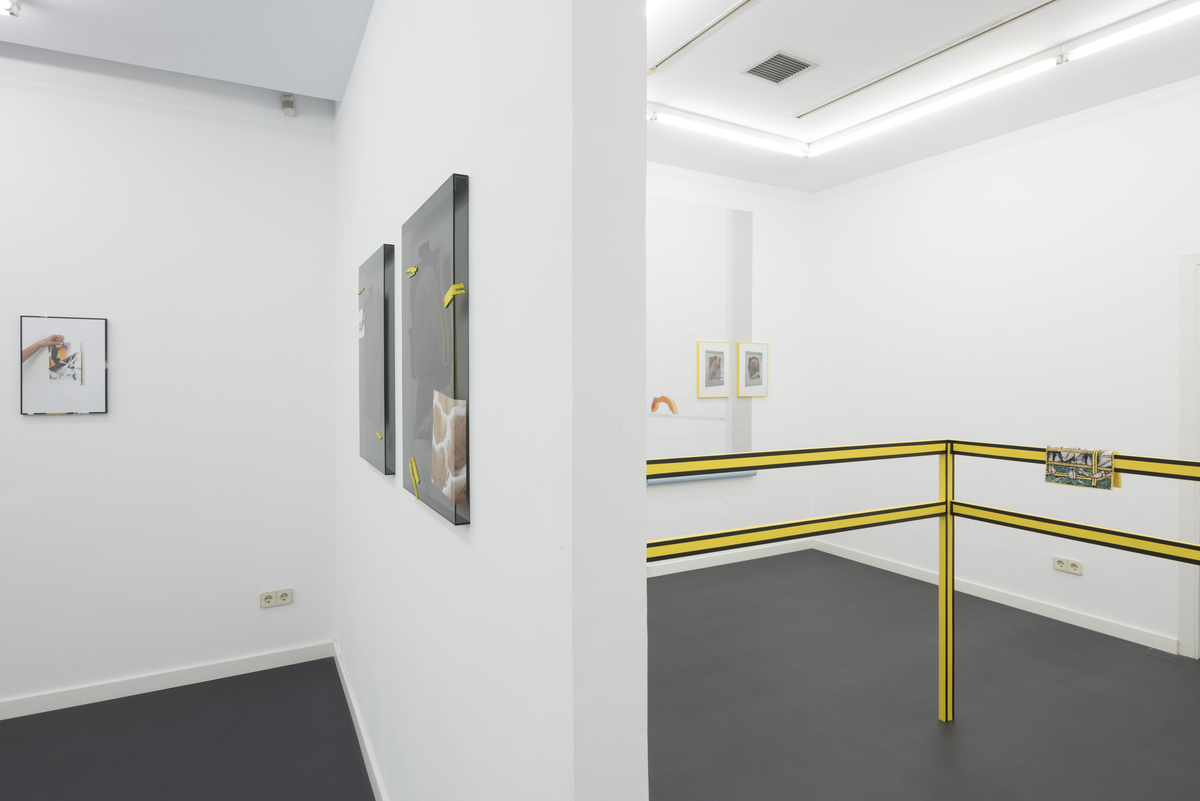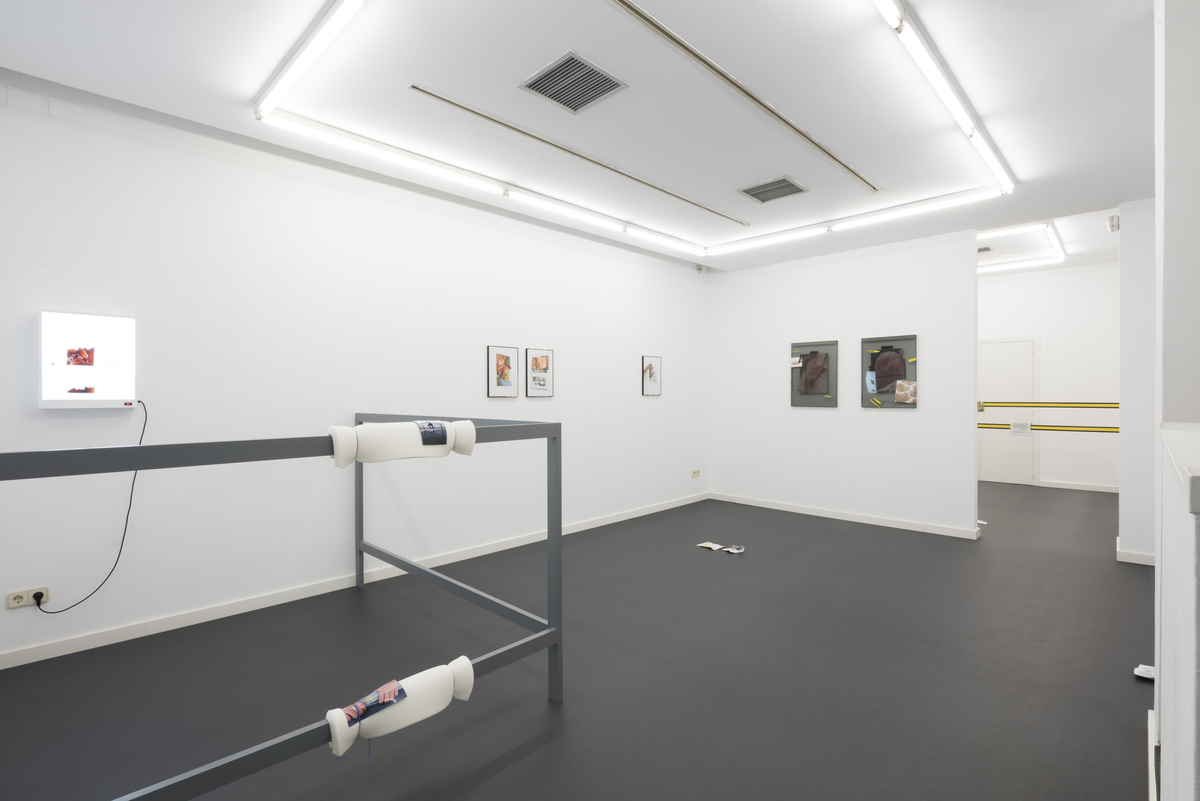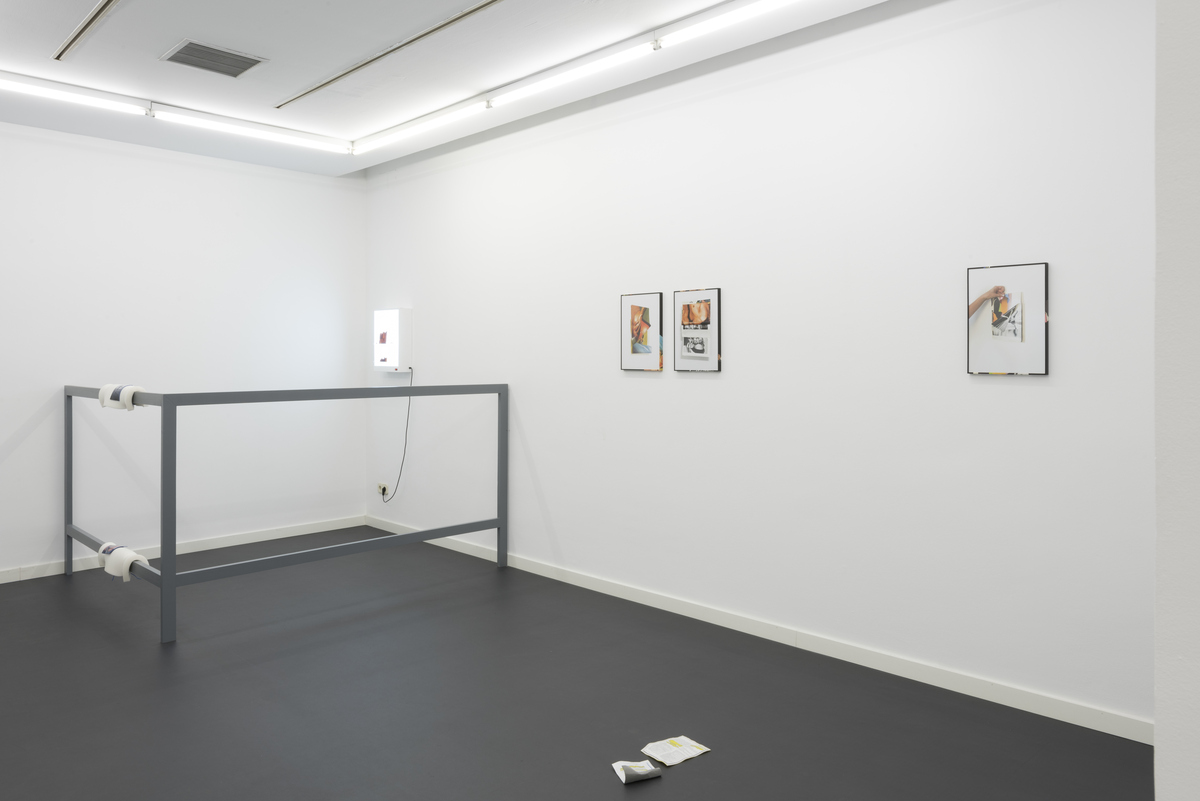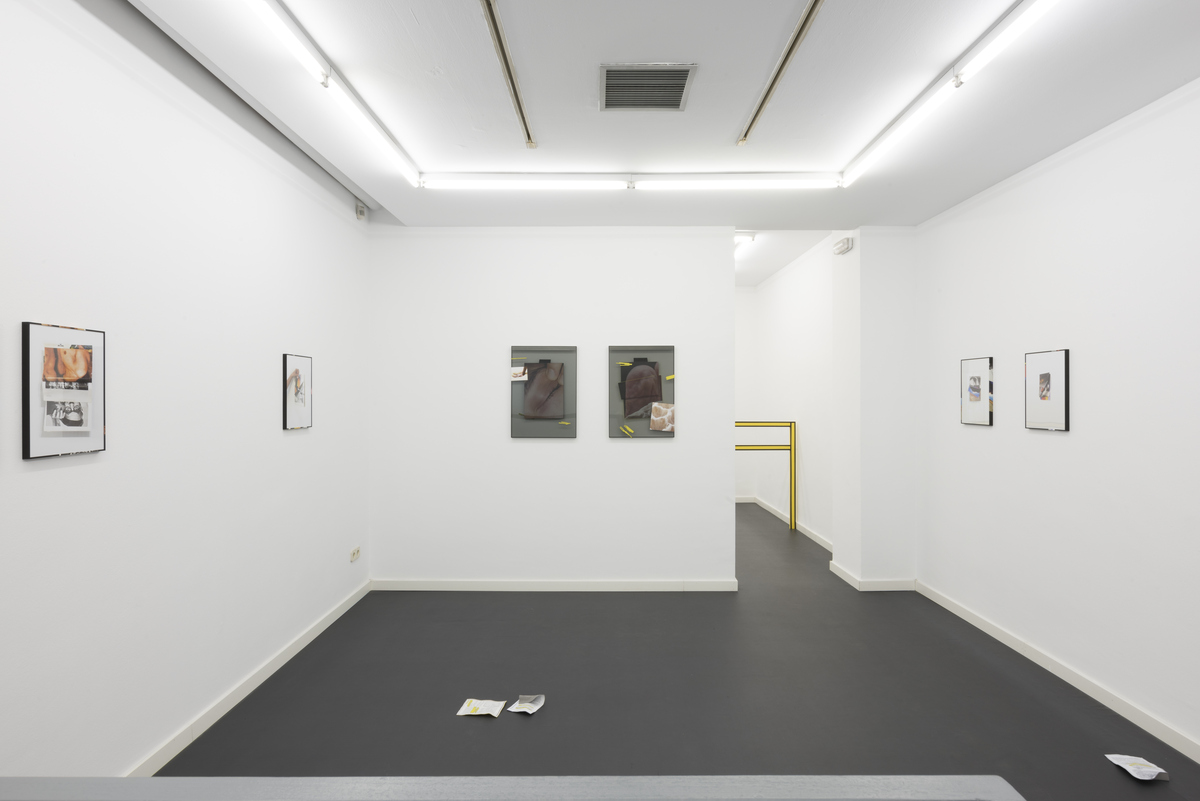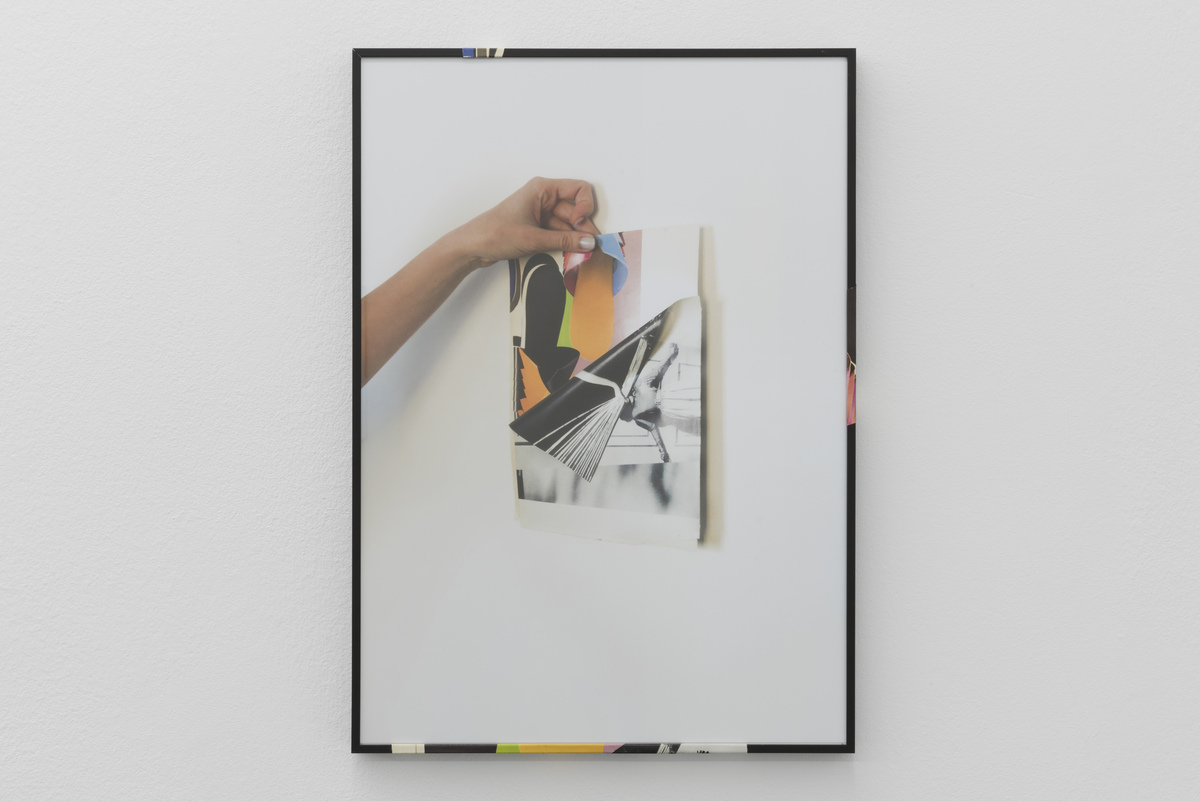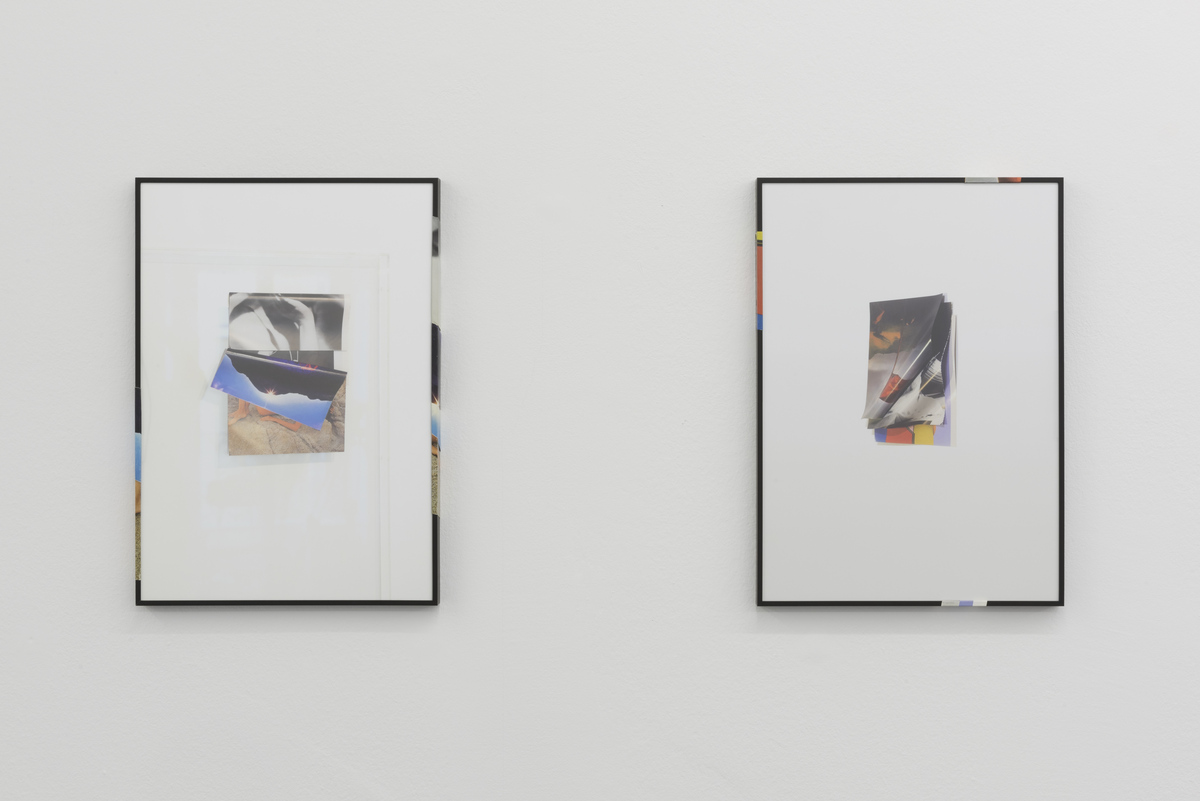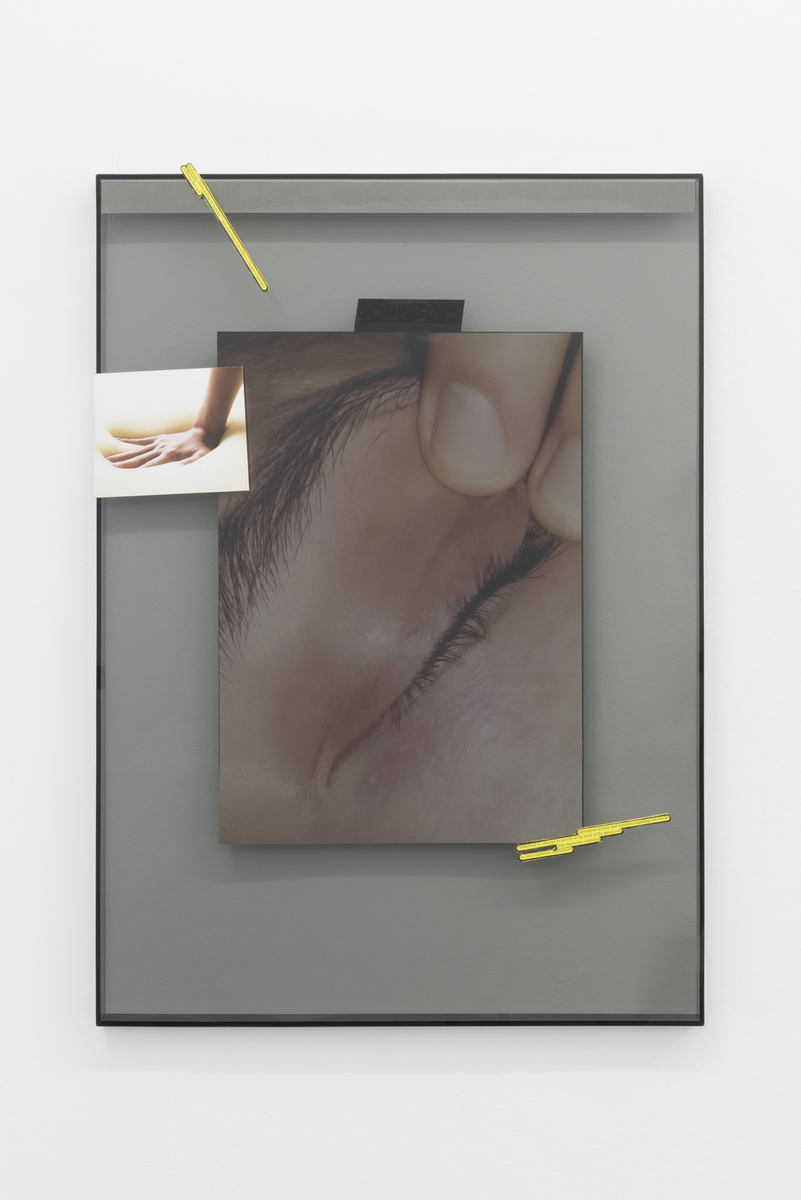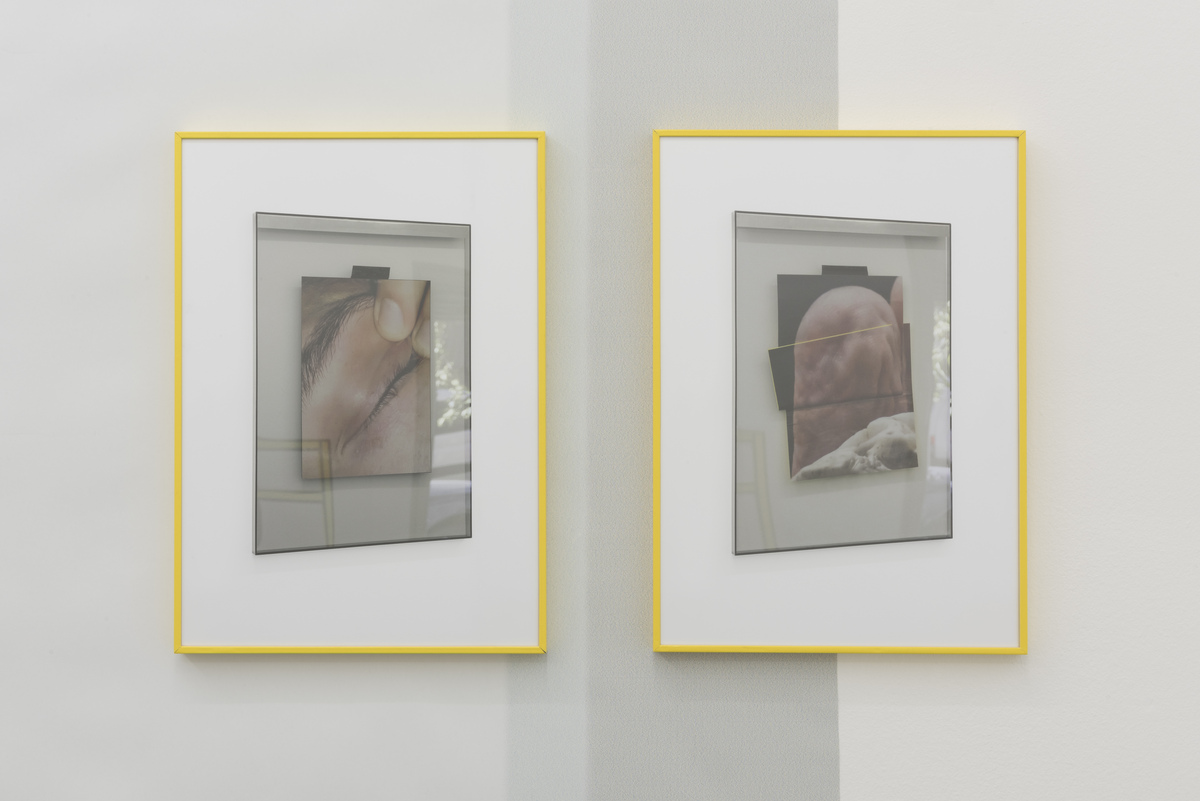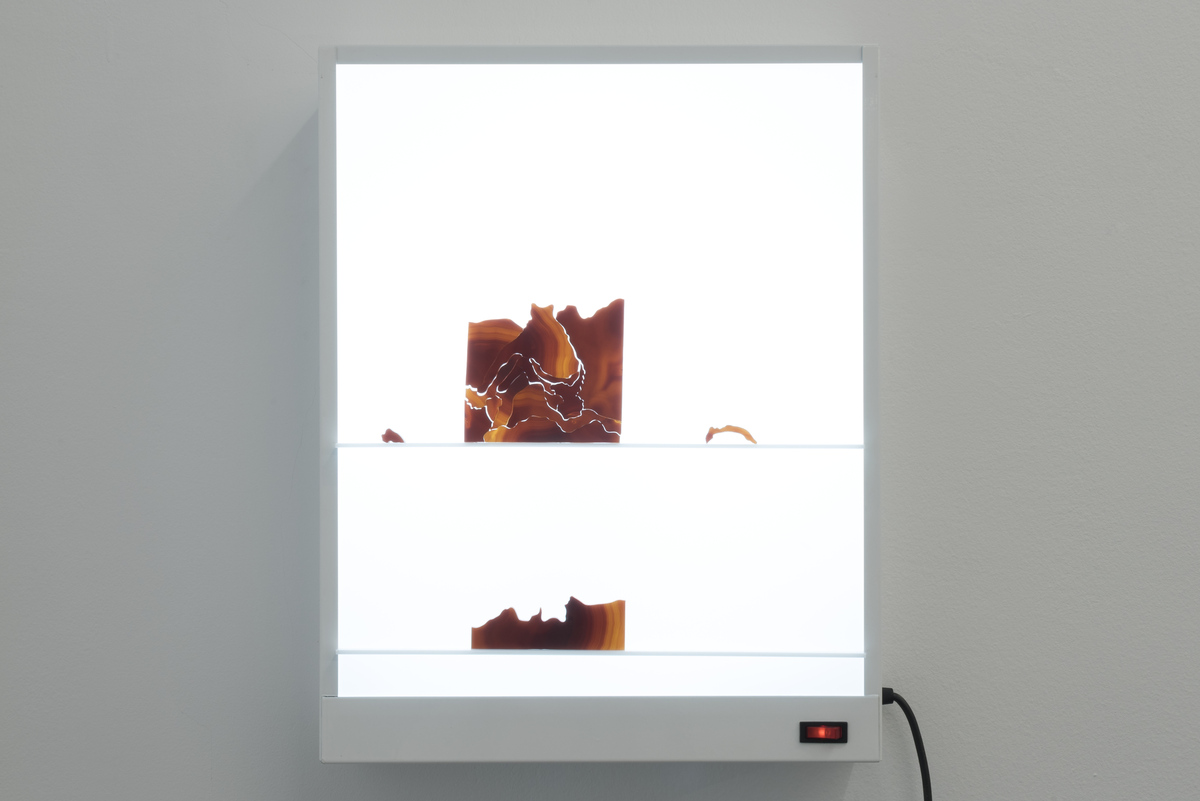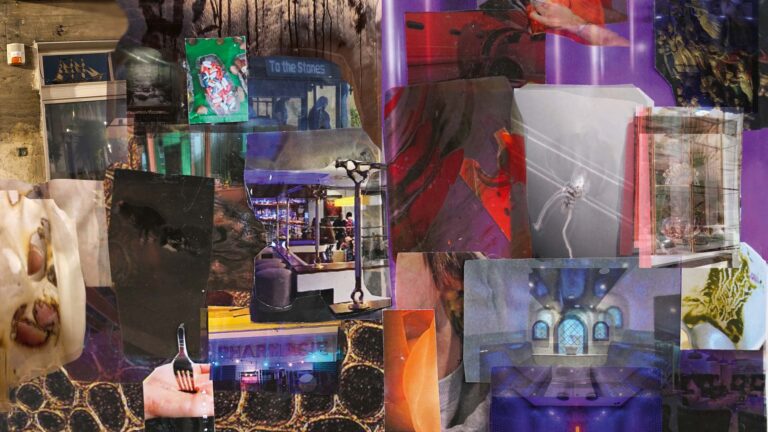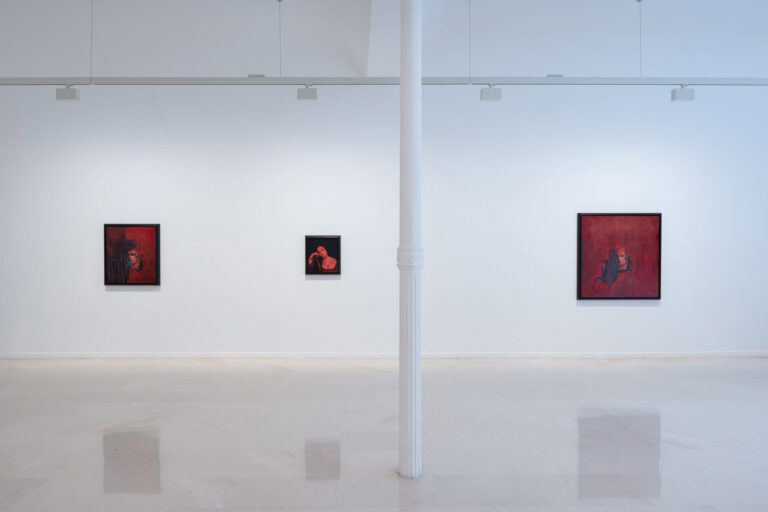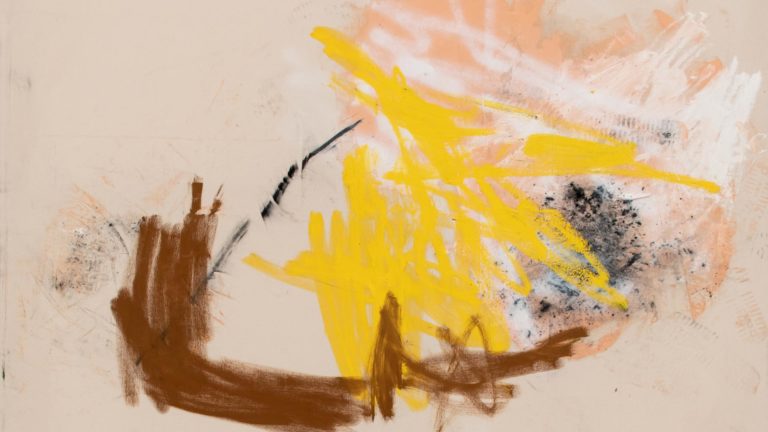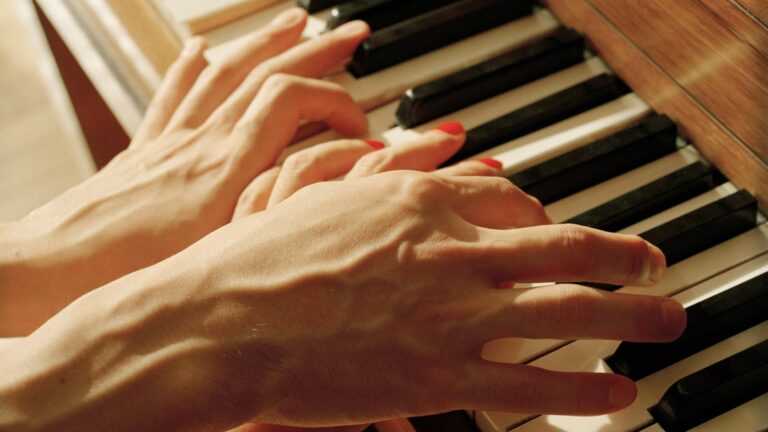Artist: Carlos Fernández Pello
Exhibition title: Retrospectiva
Venue: garcía | galería, Madrid, Spain
Date: November 14, 2015 – January 9, 2016
Photography: images copyright and courtesy of the artist and garcía | galería, Madrid
“Retrospectiva” is the first solo show in Madrid by Carlos Fernández Pello (Madrid, 1985). A double game is introduced, starting from the exhibition’s title. On the one hand, older work is presented in the manner of a retrospective exhibition, an ironic comment on the end of an art career before it has even begun. On the other, it approaches the term through the idea of the inverted, primitive gaze, drawing a line of continuity between human imagination and the –so called- lifeless matter.
The different works in the show are brought together and articulated as an exhibition thanks to various curatorial “crutches”: two artefacts derived from the “Struttura per parlare in piedi” (1965-66) by Pistoletto mirror one another and divide the space, creating a fold that pushes us outside in the first room, and traps us within the second room. The works produced specifically for the exhibition thus appear petrified and objectified, like documents, like photographs made for a website. The presence of an agate camouflaging as an octopus leads us to the Catonic, tel- luric monster, a terrestrial jellyfish, a Cthulu in R’lyeh, folding the two opposite ends of Roger Caillois’ work that never touched, the agates and the cephalopods.
Just like the images in the “Teleplastia” series (2012-13), the exhibition becomes its own sub- ject. With this turn, it creates an opening, a stain, a blind spot, or nocturnal matter. The fold creates a body, a relief that escapes the plane of the image, only to return to it. The retrospective is presented here as negative palmistry; a labyrinth of gestures over gestures that erases time and favours the invention of art history: landmarks, artists’ careers, and institutional legitimacy.
When we scratch, we get rid of the itch by adding up sensations; we saturate the image with its own discomfort. If we look at recent scientific studies on scratching, we will see that the reflex of scratching activates a part of the cortex that is associated with short term memory. Yet there is still no conclusive answer to why saturating with more sensations helps us forget the itch, at once the conscious and exaggerated manifestation of the body imagining one of its parts. An analogous relationship is maintained by the artist with art practice, and the following idea emerges: art as a material, vile trap, imagining and erasing itself. Masturbating to the point of asemia.
Carlos Fernández-Pello (Madrid 1985) studied Fine Arts at UC Madrid and has been visiting scholar at the Visual Critical Studies of the School of the Art Institute of Chicago. His work has been shown in institutions such as The Renaissance Society, Matadero Madrid, La Casa Encendida or CA2M among others.
Carlos Fernández Pello, Telepastia (E), 2015
Carlos Fernández Pello, Telepastia (D), 2015
Carlos Fernández Pello, Itch is relieved by scratching, but the neural mechanisms that are responsible for this are unknown, 2015
Carlos Fernández Pello, La sobredeterminación permanente, la construcción de coral; combinar en un sistema lo que hasta ahora una razón incompleta ha eliminado sistemáticamente, 2015
Carlos Fernández Pello, Estructura para manipular de pie, 2015 (detail)
Carlos Fernández Pello, Estructura para manipular de pie, 2015 (detail)
Carlos Fernández Pello, Estructura para comentar al pie” (After Struttura per parlare in piedi), 2015 (detail)
Carlos Fernández Pello, Presiones y servidumbres traen duración y permanencia. Permiten formar cuerpo. Sustancias y sueños toman caminos distantes, pero análogos. En este sentido, afirmo que hay continuidad entre la materia y la imaginación.” (La llamada de Cthulu), 2015
Carlos Fernández Pello, Presiones y servidumbres traen duración y permanencia. Permiten formar cuerpo. Sustancias y sueños toman caminos distantes, pero análogos. En este sentido, afirmo que hay continuidad entre la materia y la imaginación.” (La llamada de Cthulu), 2015 (detail)


